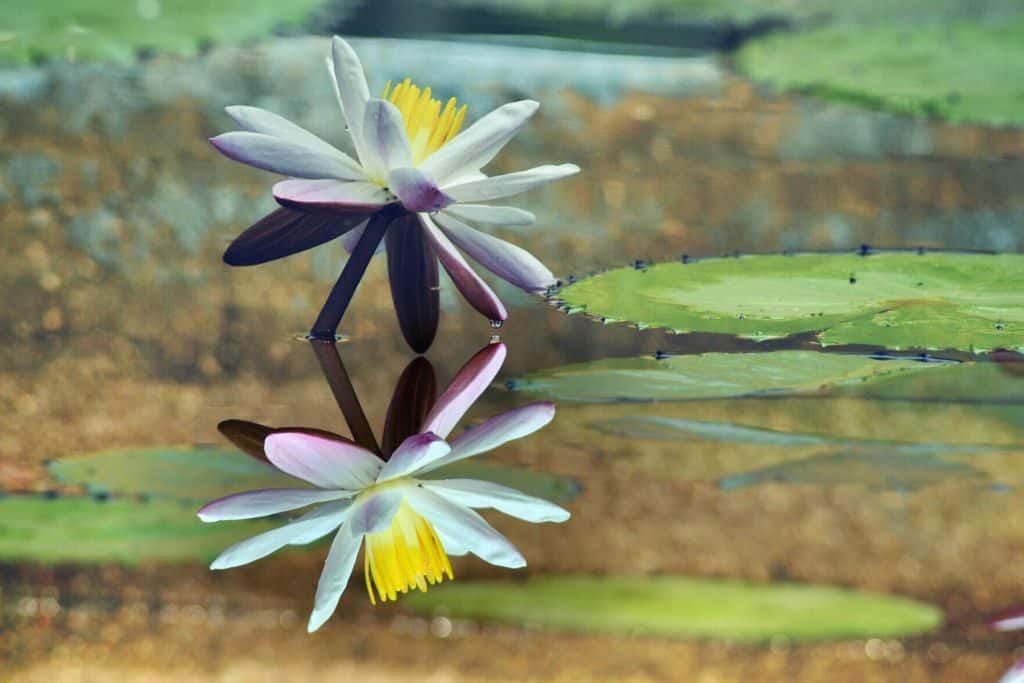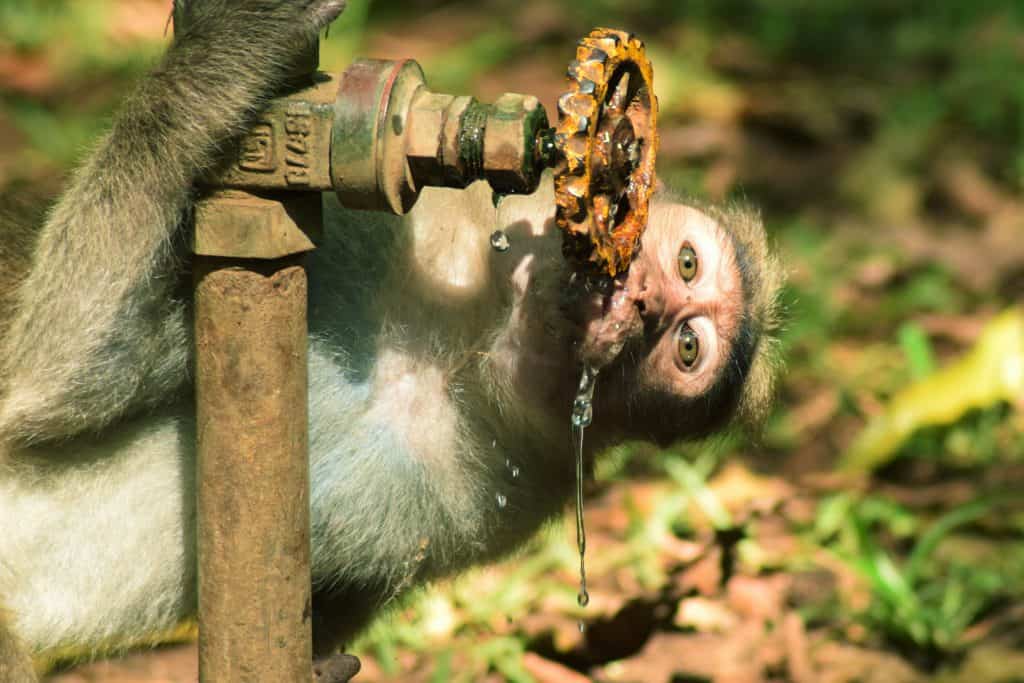For most people, a college campus is a place where you go through very routine activities of study and research. However, when I entered the IIT Madras campus, I was awestruck at the flora and fauna that greeted me. I learnt in the days post admission that the campus was located in the grounds of a national park which meant that I would get to see even some endangered species. This motivated me to photograph all that I could and share it with people I knew.
What started off as a pastime quickly turned into my passion, especially as I realized that images don’t age. They are the perfect way to capture moments, especially those of creatures who cannot speak and are not as evolved as human beings, but whose actions nevetheless indicate a much deeper meaning.
Photography helps me see the things that I wouldn’t normally notice. It also inspired me to bring to the notice of others all that existed around us, which is almost unique to the campus. From monkeys to blackbucks to the variety of birds and insects and also the wild flora , IIT-M boasts of glorious variety, but these creatures go unnoticed while thousands slog within the concrete walls of classrooms.
Photography has given me an opportunity to create a platform for all these creatures. Here are a few photos that give you a sneak peek into the ecosystem that the Institute is:
Click on each to view the images in full size.















U should go to tropical jungles of America.. Will do amazing work
India itself has more beautiful places to snap
Very nice article and amazing pics.
Superb snap bro…
pic of monkey inside the car is so funny. great work bro